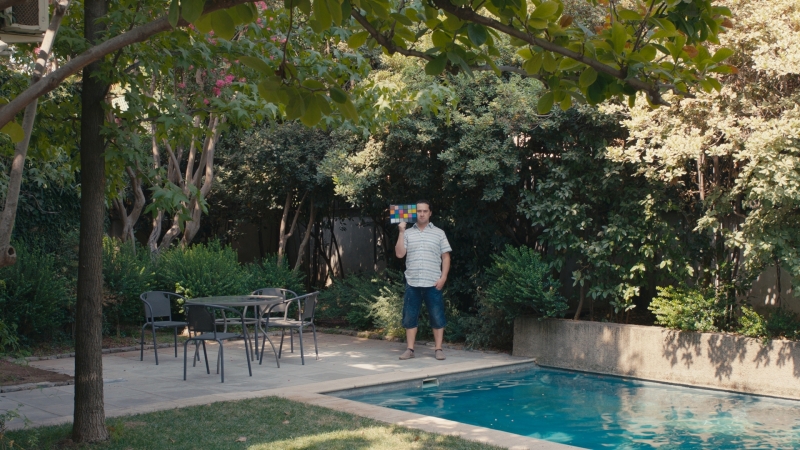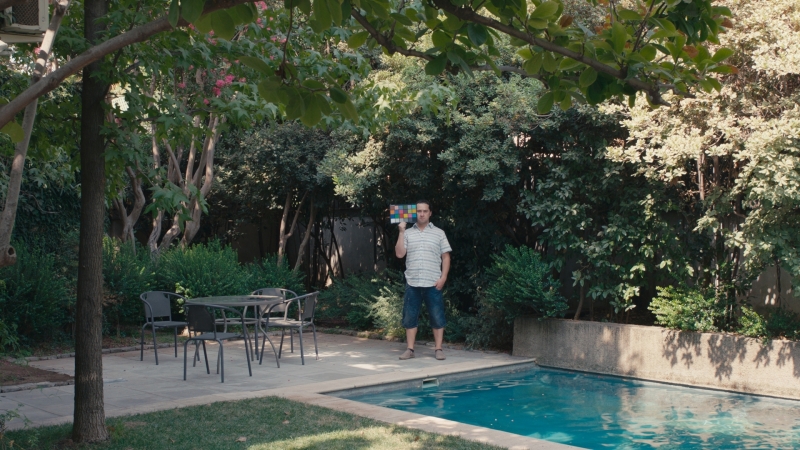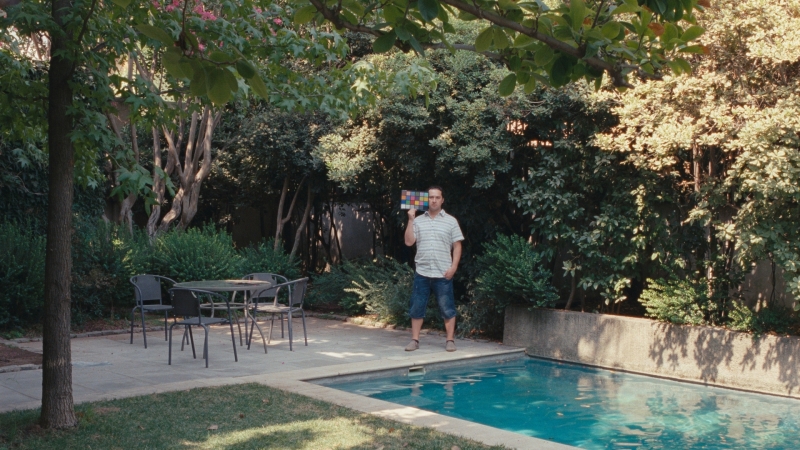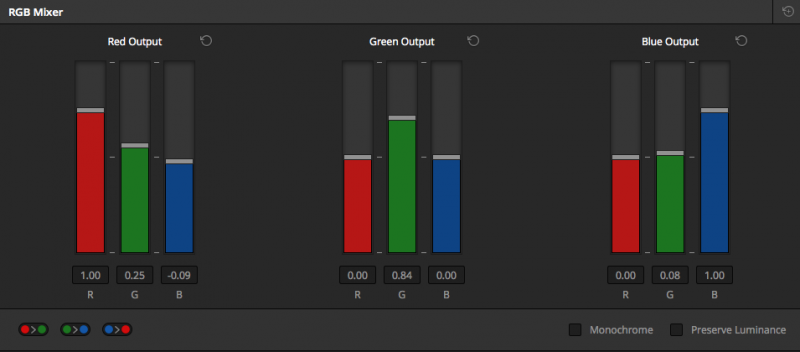
Juan Melara
Members-
Posts
4 -
Joined
-
Last visited
Reputation
35 GoodAbout Juan Melara
- Birthday 06/04/1982
Recent Profile Visitors
4,975 profile views
-
Alexa balanced for skin tone > AWG to REC709 CST > Resolve 2383 D65 LUT. The yellow/orange greens are quite visible. YUV RGB mixer node inserted before CST to shift greens. Comparison Kodak 5207 with Resolve 2383 D65 LUT. Settings for YUV RGB mixer node.
- 29 replies
-
- 7
-

-

-
- 2383
- kodak vision
-
(and 2 more)
Tagged with:
-
Since the norm on forums these days is to judge and then lecture you about what you're doing wrong rather than actually help you out, I'm going to actually help you out. The yellow/orange greens are normal. There are a few methods around this. You can implement a 3x3 matrix via the RGB mixer or DCTL to re-align the primaries to compensate for the shifts the LUT introduces. This is tricky if you don't know what you are doing. If you're working with Alexa footage they actually supply a film matrix to get AWG into a colour space closer to a film negative, which conveniently also compensates for the shift. Bottom of page 7 in this document shows the matrix required: http://www.centron.sk/Storage/Document/Product/3453-2012-08-02_Alexa_LogC_Curve-Usage_in_VFX.pdf Or as a DCTL, last post on this thread: https://forum.blackmagicdesign.com/viewtopic.php?t=61073&p=348495 Or even as a LUT via the Arri LUT generator: http://www.arri.com/camera/alexa/tools/lut_generator/lut_generator/ A simpler method is to just use a hue vs hue curve prior to the LUT to shift the yellow greens back to actual green. If it looks right it is right. The method I use is to set a node to YUV mode then use the RGB mixer with Preserve Luminance set to off, to interactively place the greens where I want them. First time you do this, use a colour chart and try to match the look of greens under an FPE to the look of greens from the cam manufacturers LUT. Find my Brim LUT rebuild tutorial on youtube to get an idea how thats done.
- 29 replies
-
- 18
-

-

-
- 2383
- kodak vision
-
(and 2 more)
Tagged with:
-
I would look at using an FPE LUT. IMDB says it was printed on Kodak 2383. Looking at the stills on Bluray.com it looks like it has a D55 whitepoint. Resolve comes with a Kodak 2383 D55 LUT, so you should be good to go. It also looks like there is potentially a bit of 3x3 matrix work, noticeable in the extra density and saturation in the reds. It's possible this was achieved with other tools. But its consistency throughout the film makes me think it's a matrix, possibly even baked into the Log-C to P3 LUT mentioned in the article.
- 20 replies
-
- 4
-

-
- color grading
- reverse engineering
-
(and 1 more)
Tagged with:
-
I'd look at the CM250 over the DM250. With the DM250 you're paying more for features that are really only useful to a DIT on set. The CG-318-4k is decent monitor that calibrates well, but has a slightly elevated black level not meeting the Grade 1 specifications. I don't have any experience with the Vizio, but I'd take a look the Panasonic DX902B which I've seen in person and it looks extremely good and seems to calibrate well: https://www.avforums.com/review/panasonic-dx902-tx-65dx902b-uhd-4k-tv-review.12385 . Also take a look at the LG 65G6 OLED, which also gets great reviews. I think you would be better served with the CZ952B, DX902B, or 65G6 over the CG-318-4k.






